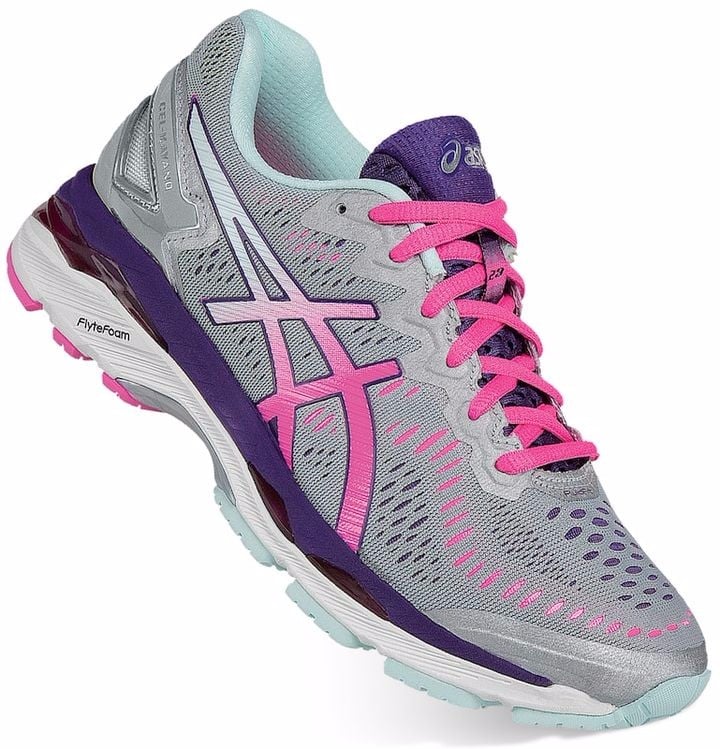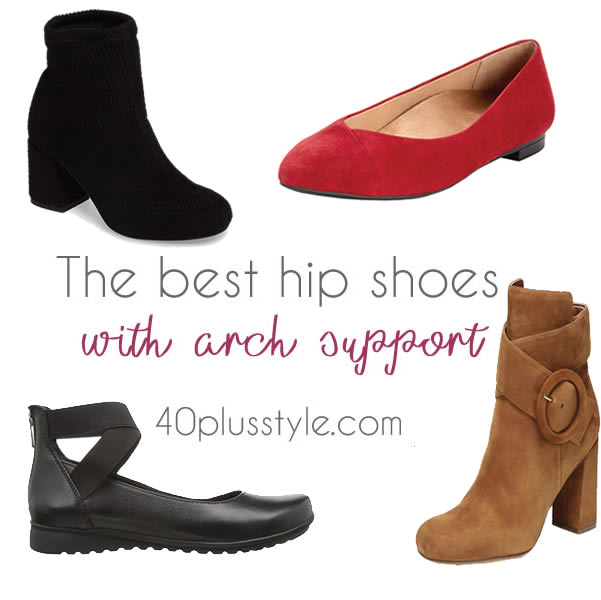
An internet search can help you figure out where to buy orthopedic shoes in your area, but don’t order online, if possible. You may be looking for orthopedic walking shoes or shoes to help with balance problems.īuy in person or be certain of the return policy. And consider the activities you’ll be doing when you wear the shoe. Your doctor can give you shopping guidelines on factors like heel height, width or shoe flexibility. Shopping successfully for orthopedic shoes requires a little research and strategy. The deeper the toe box, the more room there will be for your toes. Anyone who has worn pointed-toe shoes knows all too well that the toe box can cause discomfort. This area in the front of the shoe can be round, pointed or square. The outsole, or the hard bottom of the shoe, should conform to your foot. Shoes with removable insoles give you more flexibility-you can replace them with insoles that provide more cushioning or stronger support. The insole is inside the shoe where the foot rests. The lacing system allows the person to slip the shoe on, much like a loafer.”Ĭushioning and shock absorption. “A good trick is to purchase some expandable laces and pre-tie the shoe, converting them into a more accommodating option for support and swelling. “Older adults, especially men, don’t bend well, so they often compromise support for ease of putting on the shoe,” says Ware. Hooks, loops and Velcro can help make shoes more comfortable and easier to get on and off. “Strength, flexibility, disease and environment are all factors to be considered,” says Ware.Īssess the following when choosing orthopedic footwear:Ĭomfort and adjustability. Whether you need orthopedic sneakers or are simply looking for the best shoes for older adults, be flexible and understand your choices. Loafers, for instance, can often be too constrictive for older adults with edema, or swelling. These conditions often lead older adults to seek out footwear that can accommodate changes in their feet. This disease can cause foot-related complications, such as nerve damage and poor blood circulation, which can result in diabetic ulcers on the bottom of the feet. Heel pain can have a variety of causes, such as heel spurs (calcium deposits) and tendonitis.ĭiabetes. The heel bone is the largest bone in the foot. This inflammation affects the connective tissue band (called the fascia) that connects the heel to the base of the toes along the bottom of the foot. A bunion is an enlarged bone at the base of the big toe or tissue of the joint that has moved out of place, causing the big toe to pull toward smaller toes and changing the shape of the foot. This inflammation and swelling of cartilage and the lining of joints usually increases fluid in the joints, too, all of which can make the feet stiff and painful.īunions. Here are some of the most common conditions:Īrthritis.

Studies show that almost 80% of elderly patients have foot issues-and wearing inappropriate, ill-fitting shoes are a contributing factor.

BEST ARCH SUPPORT SHOES MEN FOR FREE
To help support our reporting work, and to continue our ability to provide this content for free to our readers, we receive compensation from the companies that advertise on the Forbes Health site.

The Forbes Health editorial team is independent and objective.


 0 kommentar(er)
0 kommentar(er)
